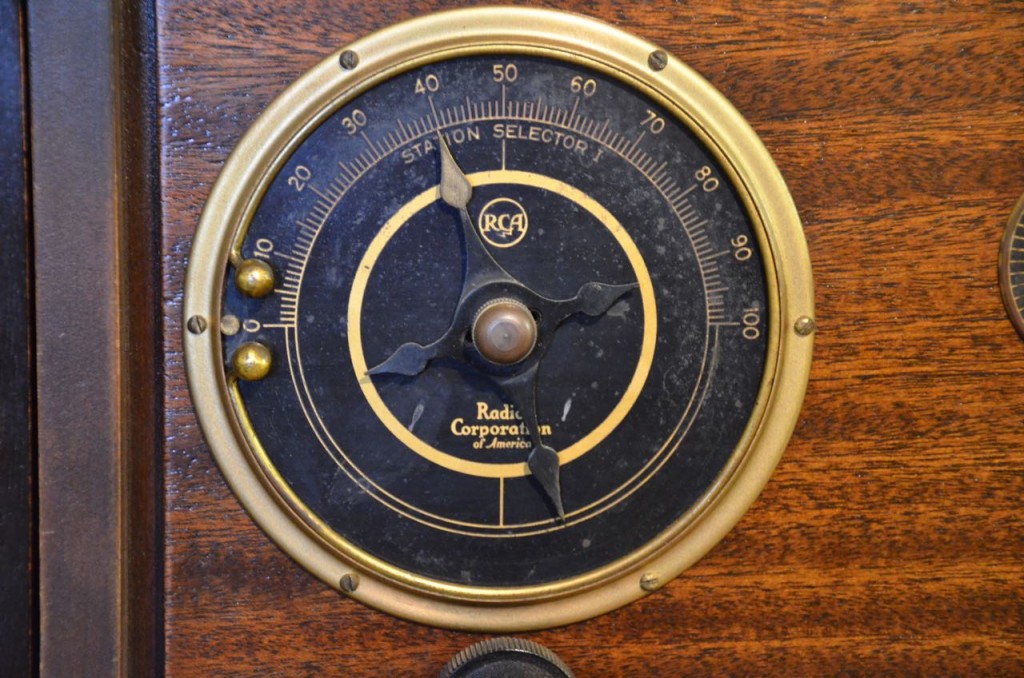 Many thanks to SWLing Post contributor Eric (WD8RIF), who shares this (quirky!) animated video set to a British Library Sound Archive of “Wireless” by J R R Tolkien.
Many thanks to SWLing Post contributor Eric (WD8RIF), who shares this (quirky!) animated video set to a British Library Sound Archive of “Wireless” by J R R Tolkien.
This animation was produced by students at the University of the Arts London:

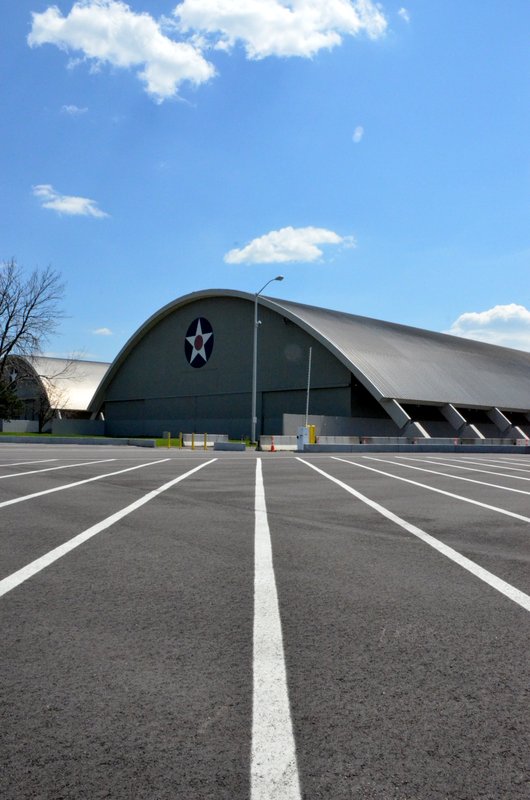 I returned home last night from my week-log Dayton Hamvention trip around 8:30 PM.
I returned home last night from my week-log Dayton Hamvention trip around 8:30 PM.
The Hamvention actually ended at 1:00 PM on Sunday, May 22, but my buddy Eric McFadden (WD8RIF), his son Miles (KD8KNC) and I stayed Sunday night in Dayton, and Monday night at Eric’s home in Athens, Ohio.
After packing up our Hamvention booth (for Ears To Our World) on Sunday, we made our way to the nearby National Museum of the USAF–the largest aviation museum in the world. We visit the museum every year–and every year I discover something new.
In June, the Air Force museum is actually opening a fourth building which will house an additional 70 aircraft in four new galleries.
If you’re an aviation buff–trust me–the National Museum of the USAF is worth a pilgrimage to Dayton, Ohio.
Monday morning, Eric, Miles and I packed up, ran a few errands on Wright Patterson Air Force Base, then made our way to our first National Parks On The Air activation: the Dayton Aviation Heritage National Historical Park (HP11) and North Country National Scenic Trail (TR04) “two-fer” at Huffman Prairie Flying Field Interpretive Center in Dayton, Ohio.
Eric worked CW on 20 meters and I worked SSB on 40 meters using the LNR Precision LD-11 transceiver (which I’m currently reviewing) and my recently-purchased Hardened Power Systems QRP Ranger.
For all of my Monday NPOTA activations, I used the EFT Trail Friendly antenna I purchased at the Hamvention:
The EFT Trail Friendly Antenna made set-up a breeze: simply throw a line into a tree, hang the end of the antenna, then hook up the other end to the feedline/transceiver. No antenna tuner is needed for 40, 20 or 10 meters once the antenna is tuned for resonance. It packs up into a small bundle that easily fits in my radio go-kit (see photo above).
The LD-11/QRP Ranger/EFT antenna combo worked amazingly well and made for very quick deployment.

I can easily fit the LD-11 transceiver and QRP Ranger on a foldable metal chair (my make-shift field table!).
My buddy Eric, I should mention, is typically on the leaderboard for NPOTA as he’s an avid QRP field operator.
You can follow Eric’s activations on QRZ.com or his website.
We had a tight NPOTA activation schedule to meet Monday, but after packing up from our first sites, we took 30 minutes to stop by the Wright-Dunbar Interpretive Center and The Wright Cycle Co. museum in downtown Dayton.
Well worth the short visit! Next year, I’ll plan to revisit both museums when I have more time.
Next, we made our way to the second scheduled NPOTA activation site: the Charles Young Buffalo Soldiers National Monument (MN18).
Despite not having my antenna very far off the ground (my antenna line fell down one branch in the process of hanging) I still managed to work a pile-up of stations from Georgia, North Carolina, Ohio, Illinois, Connecticut, Michigan and Indiana. After Eric and I racked up a number of QSOs, we packed up our site in haste and made our way to the final activation of the day: the Hopewell Culture National Historical Park (HP15). We arrived as the Park Ranger was getting in his car to leave for the day!
At Hopewell, I managed to deploy the EFT antenna much higher off the ground. I worked a small pile up of stations from all over the region which, to my surprise, included two radio friends (Ed and Eileen) in Franklin, NC. Eric also worked blogging buddy John Harper, AE5X on 20 meters CW (got your message, John!).
All in all, it was a fantastic day to be outdoors and on the air.
Of course, a side benefit of doing National Parks On The Air activations is that you get to check out all of these amazing park sites.
Without a doubt, this was one fun-filled and radio-centric Hamvention week! It couldn’t have been better.
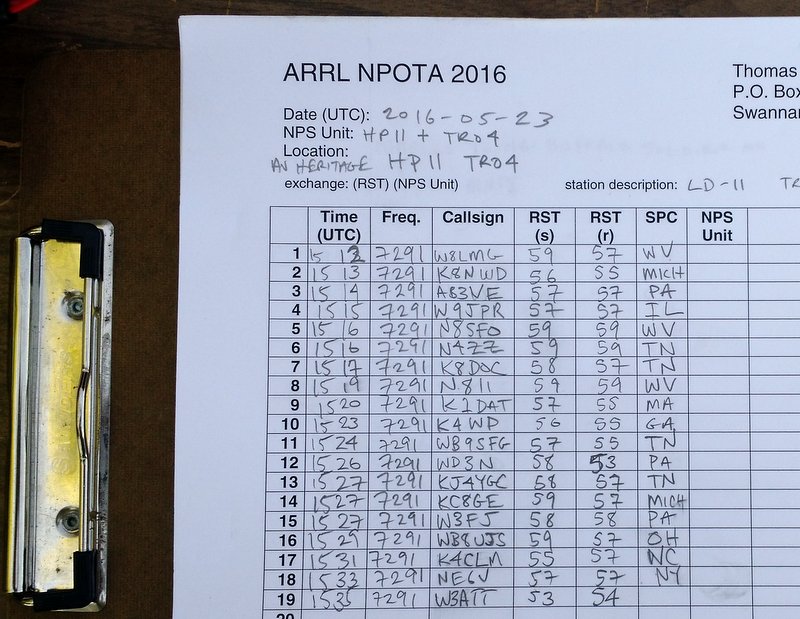
Part of my log sheet for NPOTA HP11 and TRO4 “Two-Fer” activations. Not bad for such a tight schedule!
Many thanks to my friends Eric (WD8RIF), Miles (KD8KNC), Mike (K8RAT) and Christine (KM4PDS) for volunteering to manage our Hamvention booth for Ears To Our World. It was a record year for collecting donations. Many thanks to all of you for the support!
I’d also like to thank the SWLing Post readers who stopped by to visit our new location in the Silver Arena–it was great seeing everyone!
Now that I’m back home, I essentially have one week of emails and comments in my backlog to sort before hitting the road again rather soon. I appreciate your patience as I catch up. If you don’t hear back from me soon, it’s okay to give me a nudge! 🙂
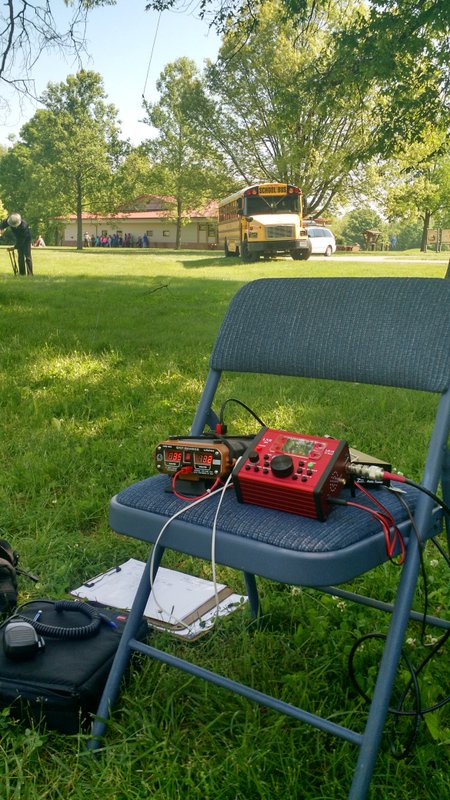 En route to the 2016 Dayton Hamvention, I’m doing a few National Parks On The Air (NPOTA) activations with my my buddy, Eric (WD8RIF).
En route to the 2016 Dayton Hamvention, I’m doing a few National Parks On The Air (NPOTA) activations with my my buddy, Eric (WD8RIF).
Eric is currently the number one activator in the state of Ohio.
NPOTA is a great excuse to get outdoors and play radio.
For me, it’s a great excuse to test the LNR Precision LD-11 and my new QRP Ranger portable power pack.
I am loving the new QRP Ranger power pack–it is the solution I decided on after publishing this post a few weeks ago. It’s a little pricey, but it’s built like a tank, very lightweight, includes a charge controller made specifically for the LiFePo cells, and made here in the USA. It also had a very readable LED display that my buddy Eric says is, “reminiscent of the displays on the Apollo 11 module.” He’s kind of right!
It’s so nice to have both a volmeter and ammeter on the front panel.
We just finished activating the Hopewell Culture National Historical Park (I’m writing this post while Eric drives us to our next activation). I made 12 contacts running SSB at 8 watts. Eric made 16 contacts via CW at 5 watts.
We have planned two more activations this afternoon:
I’ll be calling CQ on 14.290 MHz and 7.290 MHz +/-.
Please hop on the air listen and/or answer my call if you’re a ham!
Of course, tomorrow through Sunday, you can find us at the Dayton Hamvention in booth SA0359 in the Silver Arena.
Hope to see you there!
In an email last week, my good friend Eric McFadden (WD8RIF), mentioned the shortwave radio set-up he used while deployed in Abu Dhabi, United Arab Emirates back in the early 1990’s. I asked Eric for permission to post his email notes–not only did he agree, but he also found photos he took at the time.
Eric notes:
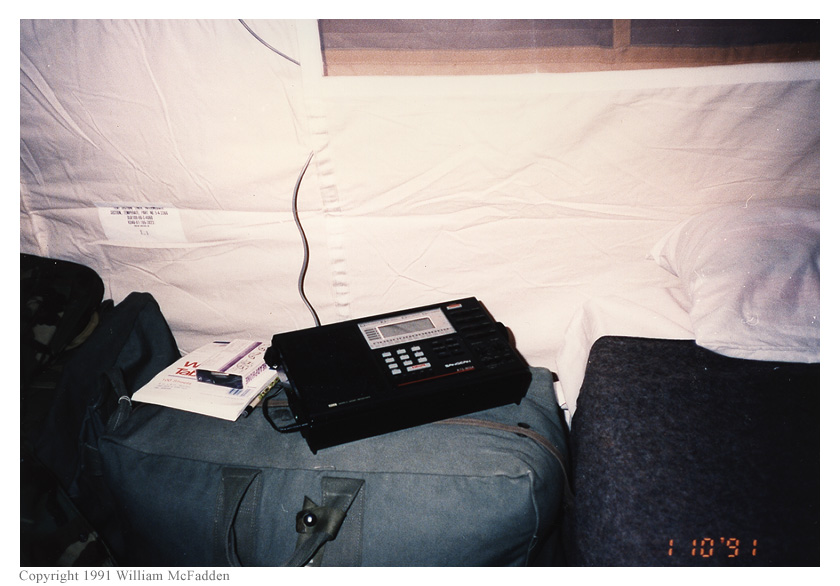 [F]or the Desert Shield/Storm, aka the First Gulf War, I took my Sangean ATS-803A with a doublet fashioned from two Radio Shack audio cables. The doublet was an audio cable with an RCA on one end and lugs on the other; I split the conductors all the way down to the RCA connector and it was almost the right length for a proper 31m dipole.
[F]or the Desert Shield/Storm, aka the First Gulf War, I took my Sangean ATS-803A with a doublet fashioned from two Radio Shack audio cables. The doublet was an audio cable with an RCA on one end and lugs on the other; I split the conductors all the way down to the RCA connector and it was almost the right length for a proper 31m dipole.
The feedline was an audio extension (+/- 25′) with a male RCA on one end and a female on the other end. The ‘803A had a proper RCA antenna connector instead of a silly phone connector. I hung the doublet between the peaks of two of our 10-man tents, the front of our tent and the back of our neighbors’. When the UAE winds ultimately broke the doublet at the RCA connector, I stripped the ends and made a random-length end-fed wire out of it.
Our tents had AC-power (and A/C cooling and heat-pump heat) and I’m pretty sure I powered the ‘803A from the “mains” instead of stuffing D-cells into the radio. D-cells were available in the little BX on the base, of course.
The three photos [above] are of my installation in our tent-city at Al Dhafra Airbase near Abu Dhabi, United Arab Emirates. I did deploy my 31m dipole here. These photos were from before the dipole broke and was replaced by an end-fed wire build from the pieces of the broken dipole.
![[This photo] was from inside our "hooch" on the Lockheed Compound near Jeddah, Saudi Arabia.](https://swling.com/blog/wp-content/uploads/2014/05/Desert_Storm_SW_Jeddah_SA_01-300x209.jpg)
[This photo] was from inside our “hooch” on the Lockheed Compound near Jeddah, Saudi Arabia. (Click to enlarge)
Here’s text from my journal I wrote shortly after returning stateside:
“I found many interesting and exotic stations on my shortwave radio, a Sangean ATS-803A and a simple dipole antenna, but as the war progressed,
I settled on the BBC for their award-winning news coverage.”
Many thanks, Eric! I’m happy to hear such a good report of the Sangean ATS-803A–there are still many 803A’s on the used market (click here to search eBay).
Indeed, I just realized that while you were deployed in the UAE, I used the Radio Shack branded version of the ATS-803A: the Radio Shack DX-440 while studying French and living in Grenoble, France. The DX-440 delivered my daily dose of the Voice of America (the only English language news I allowed myself to listen to at the time). Since the VOA broadcast often coincided with meal time at the Université Stendhal cafeteria, I left my voice-activated Micro Cassette recorder in front of the DX-440 which was, in turn, set to turn on one minute prior to the VOA broadcast. It was an amazingly reliable arrangement. (Hard to believe that was over 20 years ago!)
Come to think of it, I’ll have to dig up those micro cassettes and see if I still happen to have one with a recorded broadcast.